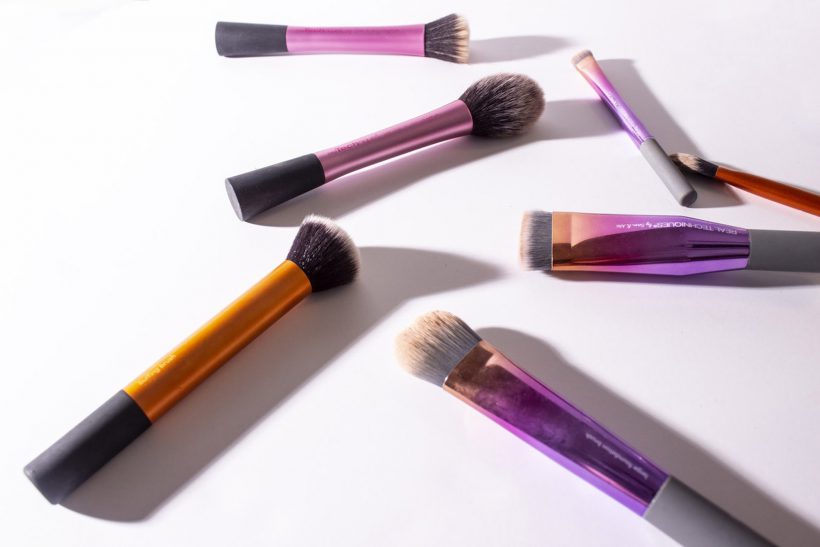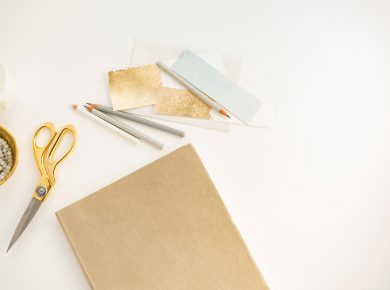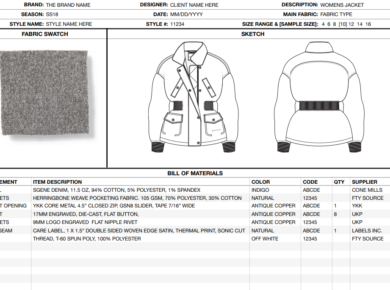Why Requesting Samples Is Important During the Development Phases?
You can request samples from your supplier during the run up to and after mass production of your stock. By having thorough checks and confirmations throughout your sample stages will help to eliminate errors, save time, improve communication between you and your supplier and essentially reduce problems for your mass production stock.
Samples are used to clearly define what is acceptable and not acceptable for your products. Often when buyers are time sensitive and need stock urgently they skip curtain aspects for samples to try and cut down time. The buyer will request changes to be made for mass production products but not follow through to check to make sure they are happy with the final samples before proceeding to mass production. Instead cut a corner and place orders based on improvements to be made without actually seeing these changes themselves. This is a recipe for disaster and will likely open you up for future issues.
The supplier will always promise “mass production stock will be fine”. By going down this route means that no confirmation and clear standards are made which leaves you open to liabilities.
For example: you may find out that the changes you requested were not technically feasible. In some cases, some suppliers will not accept responsibility for any problems for mass production and you may be left with incorrect / faulty stock.
It’s always better to spend time going through each sample stage, seeing and confirming every change or improvement made so you have the agreement with both yourself and your supplier.
It is worth noting that different sectors and product manufacturers will use a slightly different sample process and terminology. In this blog we’ll go over all the different sample stages that you should consider for your product when working with your suppliers.
Initial Samples
Initial samples are used when you first begin working with a supplier or when you are shortlisting different companies. It is a good way for a you to test and preview the products from a supplier before you place an order and start mass production.
It is also good practice when working with new suppliers to go through the initial sample stages as this will give you an insight as to what it’s like working with the company.
It will allow you to answer some of the early questions, you as a buyer will need to understand before working with a new supplier.
What is their communication like? Can they stick to deadlines? Do you like working with them? Do you feel like it could be a long-term relationship?
Improved samples
Let’s say you have chosen your supplier you’d like to work with and received your initial samples. You then requested a few minor changes to the product, colour, size etc.
It’s always worth requesting further improved samples as a way to check that the supplier has fully understood the changes you requested. It also ensures there is clear communication between both parties. If your project is extremely time sensitive though, you can request the supplier to send you photos instead to show you the improvements made. This will cut out the shipping time. We’d always recommend that you try and get samples instead of photos to ensure you are happy with the product before proceeding further.
The Golden Sample
Then once you are happy the supplier has made the changes you can confirm that the last sample you received would be the golden sample.
A golden sample is the final sample that you as a buyer have approved before mass production begins. It’s a way of highlighting the official final product that has been agreed. It is important that both yourself and the supplier have a copy of the golden sample at all times so that all future stock can be checked against it to make sure it is matching your original requirements. It is really important to highlight your golden sample so that everyone is aware of what has been agreed.
Pre-Production Sample
Depending on how long your development process is, sometimes a pre-production sample is sent from the supplier as a final check before they proceed to mass production. It is common that suppliers make very nice initial samples then when it comes to mass production they are not able to replicate this quality. “Mass production will not be as nice as the pre-production sample” suppliers will often say, as they are not able to ensure perfect quality for each item when producing large volumes.
A lot of the time, samples are ‘hand made’ and suppliers are able to ensure top quality for each one. Obviously this level of QA process is hard to obtain for mass production when you are making hundreds, thousands, even tens of thousands of products.
You can avoid this situation during the pre-production samples.
During the pre-production samples you can create product tolerances, standards and checklists to ensure that you clearly define what you will accept and will not accept from mass production. Things like; where product markings should be placed on the product, size tolerances, colour tolerances, packaging instructions etc.
Like most things when working with your suppliers, the more information you provide the better.
Once you have approved the pre-production sample and sent your product tolerances and instructions you can then proceed to start mass production.
Production Sample
Your
supplier will start mass production (Whoop, you’re almost there!). Before you
receive your stock, you can request the supplier to send you a sample taken
from mass production. This sample is
used so that you can check against the golden sample you originally approved
and that it matches everything you requested. If there are any problems then
you can flag it before you receive all the stock at your front door.
You may also want to hire an external company to go an inspect the goods at the factory before it’s shipped. They would check mass production stock against the golden sample that you approved and check anything you need: for example; if the product matches your colour tolerances, if the product markings are correct, the packaging is suitable etc.
This helps to eliminate any incorrect stock. If the inspection company picks up any issues then the supplier can rework before sending to you.
Getting samples from your supplier during the development and production phases of your product is used to quickly identify and eliminate errors to try and improve efficiency for your supply chain.
When you first start working with a supplier, it’s worth mapping out all the samples you will need from start to finish. Set a schedule with deadlines for each sample so there are clear expectations on both sides.
Good luck with your search!






